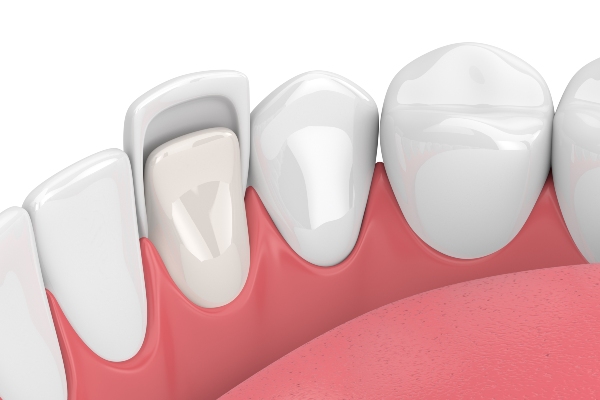 Dental implants replace missing teeth and help with chewing, speaking, and smiling. They can consist of titanium or a combination of titanium and ceramic materials. Dental implants serve as anchors for artificial replacements: full dentures, partial dentures, dental crowns, and bridges. If you are considering dental implants, this guide will help you know what to expect during the lengthy process.
Dental implants replace missing teeth and help with chewing, speaking, and smiling. They can consist of titanium or a combination of titanium and ceramic materials. Dental implants serve as anchors for artificial replacements: full dentures, partial dentures, dental crowns, and bridges. If you are considering dental implants, this guide will help you know what to expect during the lengthy process.
What to expect during the dental implant process
It is important to know that receiving a dental implant will take several months since it is a multi-step process. Depending on their specific case, some patients may require more stages than others.
Enhancement Options
Some patients may require a procedure to improve the dental implant's ability to remain in place. These procedures can include a bone graft, sinus augmentation, or ridge augmentation.
Bone grafts increase the amount of bone around the dental implant posts. There are five types of bone grafts, but the most common our dentist will use is called an alloplastic graft. In this type of bone graft, the dentist will use a synthetic material that simulates bone and pack it into the area of the mouth where it is needed.
A sinus augmentation can increase the height of one's sinus cavity, which helps prevent bone loss around the implant. Alternatively, ridge augmentations increase the height of one's gums and ridge where the dental implants set so there is enough room for them without causing damage to surrounding parts of the mouth.
Placing the Dental Implant
The dentist will place the dental implants through a surgical procedure. This means the patient will receive either general or local anesthesia before the procedure begins. Next, the dentist will use a surgical drill, hammer, or saw to place the implant into the patient's jawbone. Once the dental implant is set, it will stay in place while the patient's body allows it to fuse. To ensure the patient does not feel sensitivity, during healing, the dentist will place a temporary crown around the dental implant.
Healing Time
After the dental implant placement, patients must wait for it to fuse with their jawbones. This process can take up to three months, but it is important for the body to do its work and heal properly before moving on to the next stage. During this time, we recommend the following tips:
- Avoid chewing hard, chewy, or tough foods that require a lot of pressure on the teeth.
- Do not smoke or consume other tobacco products.
- Rinse with salt water one to four times a day.
- Drink plenty of water throughout the day.
- Take medications as prescribed.
Following these tips will help expedite healing times and allow us to move on to placing the abutment.
Abutment Placement
The abutment is a screw that attaches the artificial teeth to the dental implant. The dentist will remove the temporary crown before placing the abutment into the patient's mouth, securing it to the dental post. The abutment has grooves that help attach the new artificial replacement. The artificial replacement will either be a bridge, crown, or dentures. This all depends on the placement of the dental implant and the number of dental implants the patient requires. The result will be a natural-looking smile that functions like the one they had before tooth loss.
Learn More Today
Tooth loss does not have to permanently impact your life. Every day, we help patients like you restore their smiles and quality of life. If you want to learn more about the dental implant process, our dedicated team is happy to help.
Request an appointment or call Sonoran Desert Dentistry at 480-439-0117 for an appointment in our Scottsdale office.
Recent Posts
Dental implants provide a long-term solution for missing teeth, offering a natural appearance and feel that supports both oral health and confidence. However, many patients also consider dentures, which offer a more traditional approach to tooth replacement. Understanding the key differences between these two options can help determine which treatment may be best suited for…
You may have heard a lot about dental implants and how they can change your smile and appearance. Implants have many benefits and offer advantages that other tooth-replacement treatments cannot match. You can expect improved health and wellness when you have implants, as well. One of the most significant differences you will see is in…
The surgical procedure to place dental implants is similar to all others in that you need some time to recover from the operation. Implants require incisions, so the soft tissues will need to heal to seal up the wounds. In addition, the hard tissues of the jaw bone will also heal slowly, fusing the metal…


